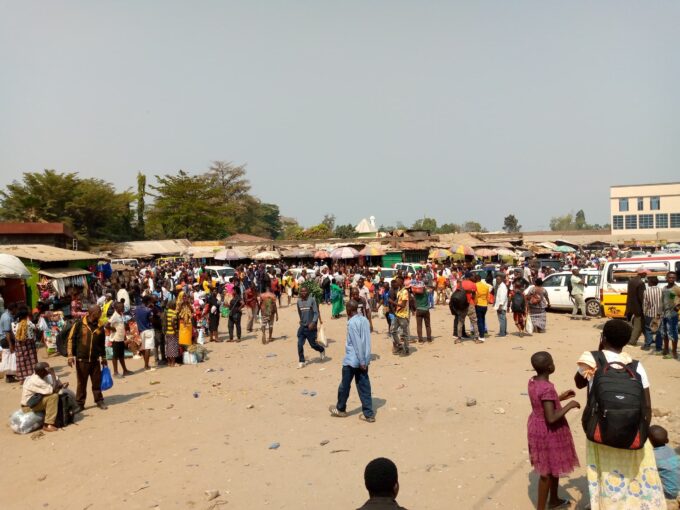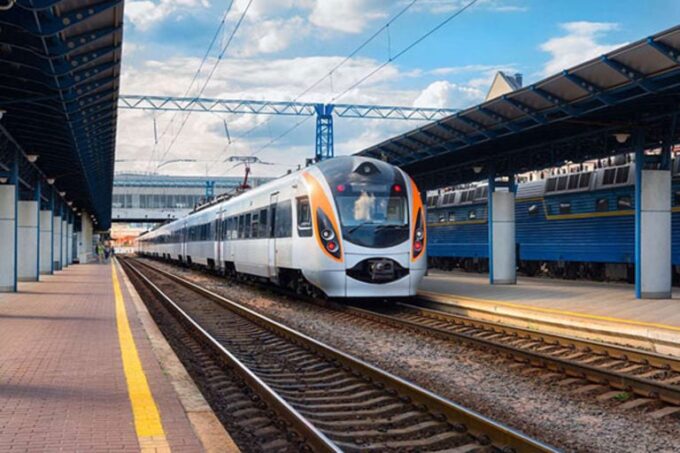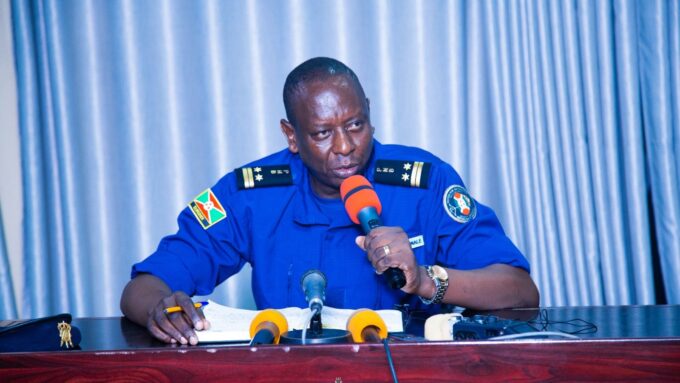Burundi and Tanzania have officially launched construction of a long-awaited cross-border railway line that leaders say will transform regional trade and boost economic growth.
At a ceremony held over the weekend in Rutana, south-eastern Burundi, President Evariste Ndayishimiye and Tanzanian Prime Minister Kassim Majaliwa laid a foundation stone to mark the beginning of the multi-billion-dollar project. The railway will eventually connect Burundi and Tanzania with the Democratic Republic of Congo (DRC), opening up new trade corridors across East and Central Africa.
President Ndayishimiye hailed the initiative as a “major lever for the realization of Burundi’s Vision 2040–2060,” emphasizing its importance in reducing the country’s heavy reliance on road transport and costly logistics.
The two countries signed the $2.15 billion agreement earlier this year in Dar es Salaam. Construction will be carried out by China Railway Engineering Corporation (CREC) and China Railway Engineering Consulting Group (CEC). The first phase, spanning 240 kilometers, will link Uvinza in western Tanzania to Gitega, Burundi’s political capital, via Musongati in Rutana Province.
Prime Minister Majaliwa described the project as “historic and unique,” noting that it is the first railway to directly connect two East African nations. He added that the plan aligns with the African Union’s Agenda 2063, which calls for modern infrastructure networks to enhance integration and sustainable development across the continent.
Economic Promise and Local Hopes
Economists and civil society groups have welcomed the project, describing it as a potential game-changer for Burundi’s struggling economy.
Diomède Ninteretse, an economist and governance expert, said the railway will slash transportation costs, boost trade, and unlock mining potential in Rutana’s nickel-rich Musongati region.
“With trucks, transporting goods often takes weeks. With the train, instead of 30 days, it could take just 30 hours,” Ninteretse told local media. He estimated that shipping a 20-foot container, which currently costs between $3,800 and $4,800, could fall to around $3,000 once the railway is operational.
He added that the project could help address Burundi’s poor road infrastructure and high unemployment by creating local jobs.
Similar optimism was expressed by the anti-corruption watchdog OLUCOME. Coordinator Jean Claude Ndikumwami told local radio station Bonesha FM that the railway will “promote better relations and exchanges of goods between Tanzania, Burundi, and the Congo,” but warned that oversight would be crucial.
“What we would like to request from the Government of Burundi, or the ministry in charge, is to ensure that they build a strong, durable railway that meets international standards,” Ndikumwami said. “We ask that it does not end up like other projects where work begins and then stops halfway.”
He cautioned against corruption, misuse of funds, and substandard materials, saying failure would be “a disgrace for Burundi and the three countries involved.”
The project is expected to take five years to complete, followed by an additional year of evaluation. If delivered on schedule, officials and experts believe it could mark a turning point for Burundi’s economy, lowering trade costs, boosting mining exports, and opening new avenues for regional integration.








Leave a comment